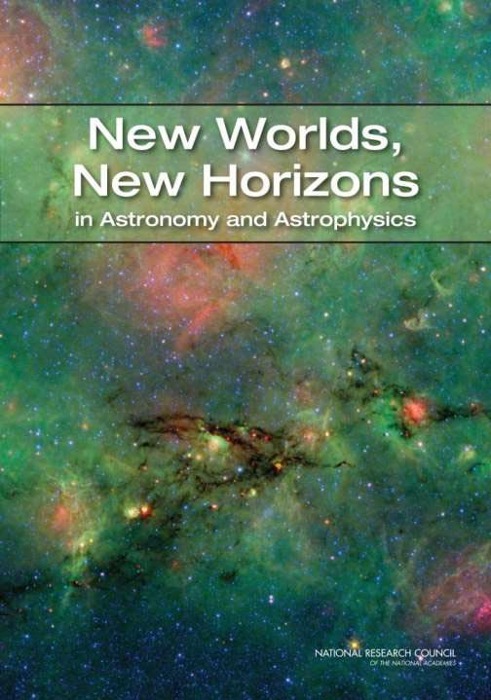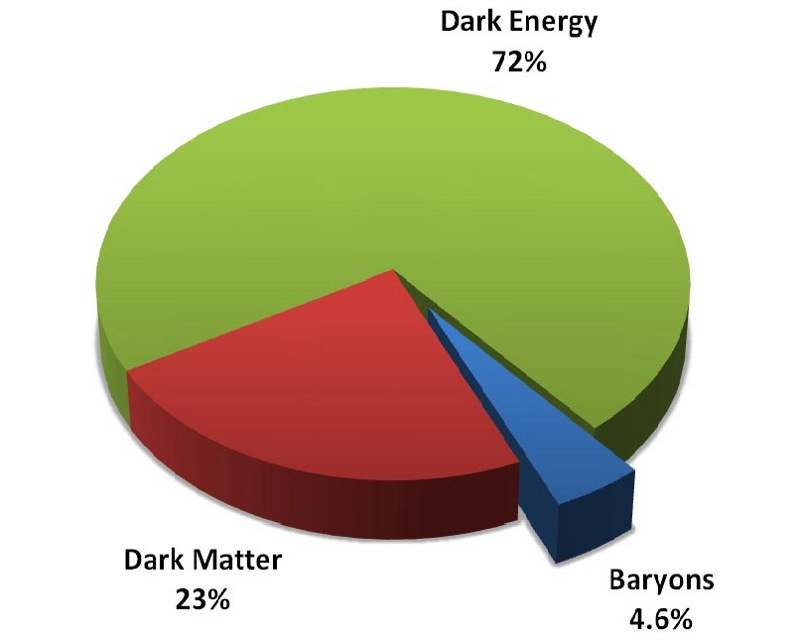Director's Corner
21 October 2010
 Barry Barish |
The convergence of astrophysics and particle physics
One of the more interesting and important developments in our field over the past decade has been the convergence of particle physics and astrophysics. The scope of particle physics has grown in recent years to include what we commonly call particle astrophysics, where some of the most important particle physics questions are also of high importance for astrophysics. Consequently, the new decadal survey for astronomy and astrophysics, Astro2010, which sets out the priorities for those fields in the US for the next decade, is of increased interest and importance to particle physics. This is also reflected by the growing number of highly recommended projects that are requesting support from the National Science Foundation (NSF) physics and/or the Department of Energy (DOE) High Energy Physics programme.
 The new decadal survey for astronomy and astrophysics, Astro2010, gives high priority to particle astrophysics initiatives The new decadal survey for astronomy and astrophysics, Astro2010, gives high priority to particle astrophysics initiatives |
There are other tangible signs of the growing importance of particle astrophysics. More of our largest high-energy laboratories are developing dedicated programmes in this general area, and long-range planning is now being made for this new field. For example, the Astroparticle Physics European Coordination (ApPEC) consortium and the AStroParticle European Research Area (ASPERA) network have together published a roadmap for astroparticle physics in Europe, and a HEPAP report was published last year by the Particle Astrophysics Scientific Assessment Group (PASAG). These reports present a dynamic new field having a wide range of ambitious initiatives for the future that could have a big impact on particle physics.
The field of particle astrophysics is now becoming fully established in the astronomy and astrophysics communities as well. Perhaps the most influential long-range planning exercise in basic science is the decadal survey for astronomy carried by the National Research Council for the US National Academy of Sciences. This decadal survey sets the priorities and roadmap for the agencies and community for astronomy and astrophysics each decade. The latest decadal survey, called Astro2010, has recently been released and particle astrophysics plays a significant part in the recommendations for the field. The process of developing the decadal survey is quite impressive. It involves white papers and town meetings with the community. Astro2010 was developed in a year-long process that began with five Science Frontiers panels covering the fields of astronomy. The one mostly concerned with particle physics was the panel called "Panel on Cosmology and Fundamental Physics." These panels established the science priorities and the information helped give scientific guidance to the four Program Priority Panels, of which one was explicitly dedicated to "Particle Astrophysics and Gravitation" (I served on this panel). Finally, the parent Committee for a Decadal Survey of Astronomy and Astrophysics synthesised all this information and developed both the ground-based and space-based priorities for the next decade.
The topic of dark matter was excluded from this year's survey, reflecting that there is no major proposed initiative in astronomy on that problem, but the question of dark energy did play a major role.
The Astro2010 survey includes both a prioritised list of investments in space and on the ground. The highest priority projects have the feature that they have multiple goals, but both the highest priority projects in space (Wide Field Infrared Survey Telescope, WFIRST) and on the ground (Large Synoptic Survey Telescope, LSST) have a direct significant motivation in yielding new important information on dark energy, and are both proposed to involve significant involvement from the DOE high-energy physics programme. LSST is also proposed to involve a large commitment from NSF astronomy. Dark energy is now considered one of the most important fundamental physics questions and one at the intellectual heart of particle physics. The convergence of particle physics, astrophysics and cosmology are very healthy. The fact that the priorities of particle physics are based on the most important fundamental questions is also very healthy. That such an endeavor does not involve particle accelerators at one of our large national laboratories is another indication that our field needs multiple approaches and that we are adapting to that reality. Particle accelerators will undoubtedly retain their central role in the future of particle physics, but our field is now even richer because we are also selectively pursuing some particle astrophysics initiatives. In many cases, efforts that are of mutual interest to astrophysics and particle physics promise to help us answer some of the most fundamental questions in our field.
-- Barry Barish
